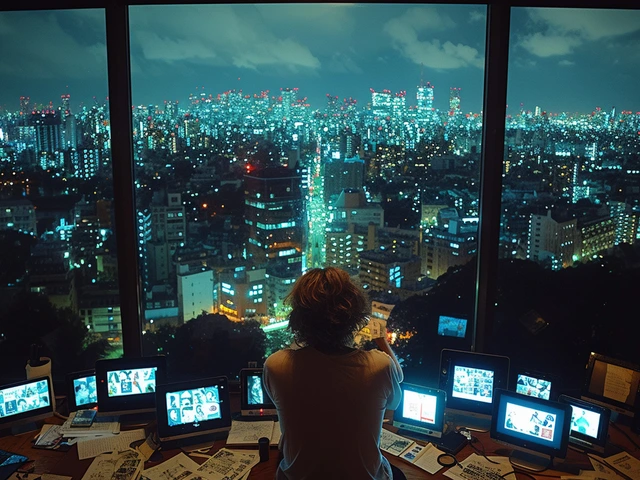Understanding Creative Arts Therapies
At its core, creative arts therapy is an integrative form of psychotherapy that combines traditional psychological theories with creative processes to promote healing and growth. It is predicated on the belief that creativity can unearth deep-seated emotions and experiences, facilitating their expression in a safe and therapeutic environment. Different modalities of creative arts therapy — such as art, music, dance, and drama therapy — offer varied pathways through which individuals can engage with their inner selves and initiate the journey of self-discovery and healing.
The origins of creative arts therapies can be traced back to the early 20th century, where pioneers in psychology and art recognized the therapeutic value of creativity and self-expression. Since then, it has evolved into a recognized field that embraces a wide array of practices, each tailored to harness the unique power of the creative process in fostering mental health and well-being.
The Various Modalities of Creative Arts Therapies
Creative arts therapies encompass a diverse range of practices, each with its unique approach to facilitating self-discovery and personal growth. Art therapy involves the use of visual arts materials and processes as a means of self-expression and exploration. Music therapy utilizes music to address emotional, cognitive, and social needs, while dance/movement therapy focuses on body movement as a medium to express feelings and experiences. Drama therapy incorporates role-play, storytelling, and performance to help individuals rehearse desired behaviors, express thoughts and feelings, and gain insight into their lives.
Each modality provides a distinct lens through which individuals can explore their thoughts, feelings, and behaviors in a non-verbal yet profoundly expressive manner. This diversity enables therapists to tailor their approach according to the specific needs and preferences of their clients, creating a personalized path to healing and self-discovery.
The Impact of Creative Arts on Mental Health
Research has consistently shown that engaging in creative arts therapies can have a profound impact on mental health. It offers a unique avenue for individuals to process and express emotions that may be difficult to articulate through words alone. The act of creating art in a therapeutic context can reduce symptoms of stress, anxiety, and depression, enhance self-esteem, and promote resilience. It facilitates a deeper understanding of oneself and can improve interpersonal relationships by fostering empathy and communication.
Moreover, creative arts therapies provide an accessible way to explore complex or traumatic experiences within a safe and supportive environment. By transforming intangible feelings and thoughts into tangible artistic expressions, individuals can gain new perspectives on their challenges, fostering a sense of empowerment and facilitating healing.
Practical Applications of Creative Arts Therapies
Creative arts therapies are applied in a variety of settings, including hospitals, mental health clinics, schools, and community centers. They have proven effective in supporting people across the lifespan, from children to the elderly, and can be particularly beneficial for those who have experienced trauma, are navigating mental health issues, or are seeking personal development.
Therapists trained in these modalities work closely with clients to establish a therapeutic relationship and tailor creative activities that resonate with their personal experiences and therapeutic goals. Through this collaborative process, individuals are guided in exploring their creativity as a source of healing and self-discovery, leading to transformative outcomes that extend beyond the therapy session.
Incorporating Creative Arts Therapy into Daily Life
Incorporating elements of creative arts therapy into daily life can be a powerful tool for nurturing mental health and fostering ongoing self-discovery. This might involve setting aside time for creative pursuits, such as drawing, painting, making music, or dancing, as a form of self-care and expression. Journaling, nature walks, and engaging with the arts in the community can also serve as therapeutic outlets that promote well-being.
It's important to approach these activities with an open mind and without judgment, allowing oneself the freedom to explore and express emotions and experiences. By regularly engaging in creative practices, individuals can cultivate a deeper relationship with themselves, enhancing their capacity for resilience and personal growth.
Conclusion
Creative arts therapies offer a rich and versatile approach to mental health and well-being, grounded in the transformative power of creativity and self-expression. By engaging with various artistic modalities, individuals can embark on a journey of self-discovery and healing that not only alleviates mental health symptoms but also enriches personal development and fosters a deeper understanding of the self.
Whether through formal therapy sessions or personal practice, the creative arts have the potential to be a lifelong companion in navigating the complexities of life, empowering individuals to live more fully and authentically.






Write a comment: